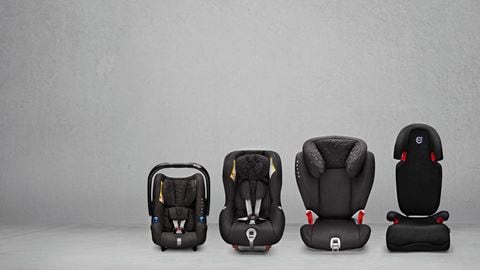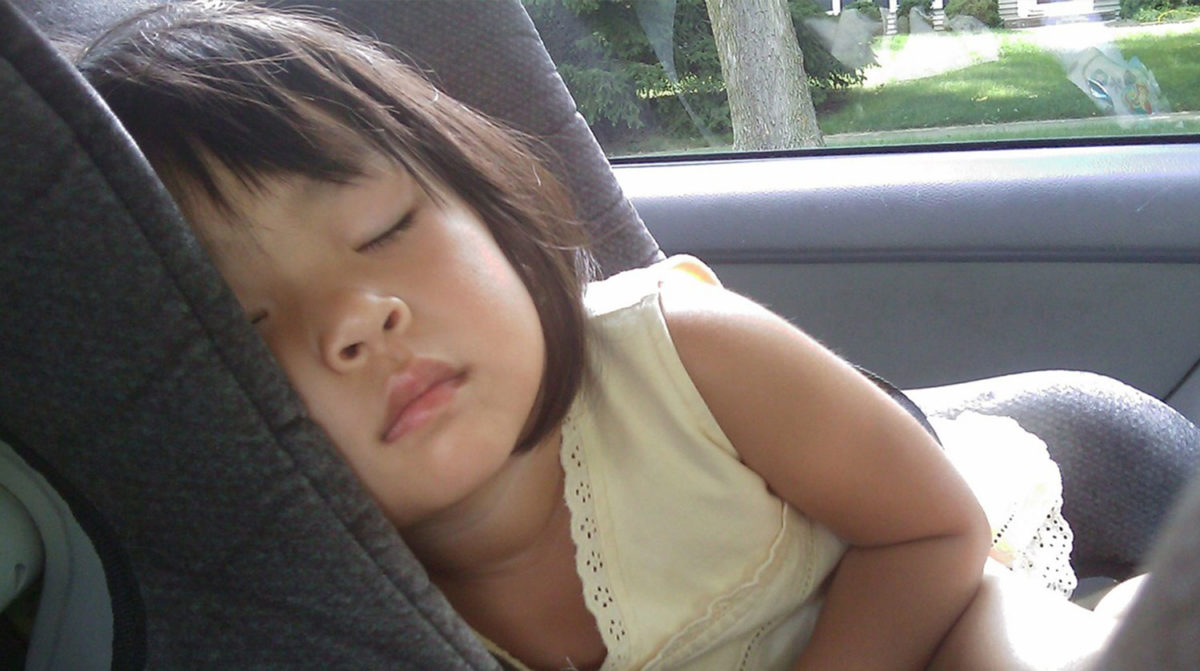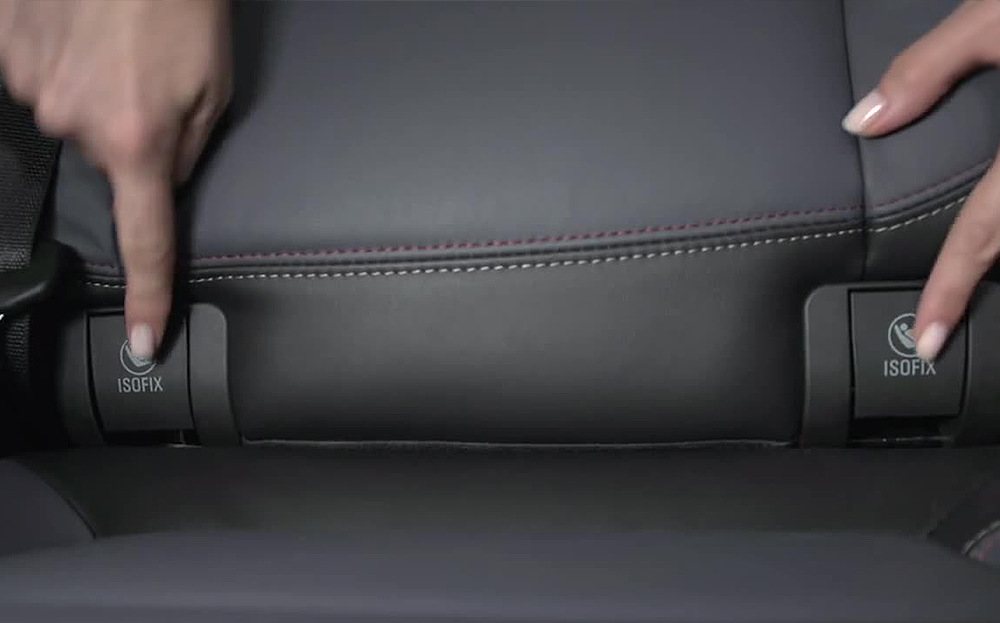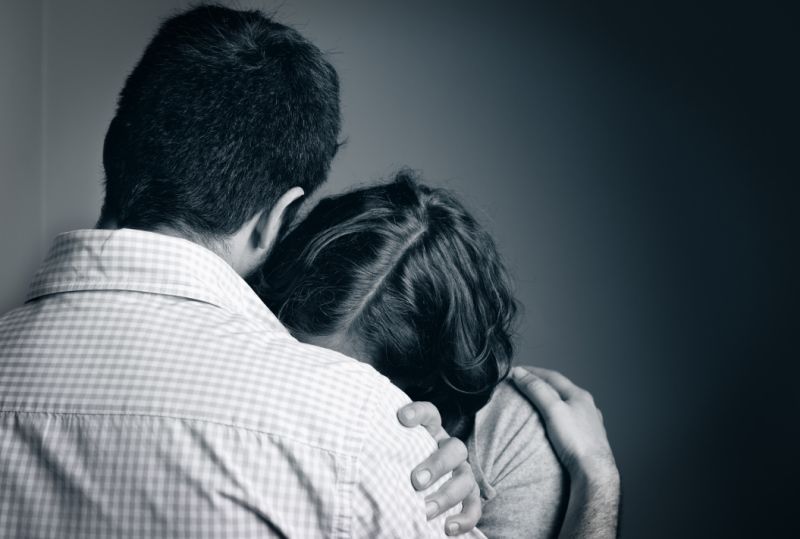What Parents Auto Know About The Different Types of Car Seats
Parents should not only understand car seat categories but also need to strap their toddlers in at all times.
-vuyi mpofu, editor, heels & horsepower magazine
I find it truly mind boggling that some parents elect not to strap their infants and toddlers into appropriate child car seats; what is also incredulous, is that they themselves securely buckle themselves in. When you consider that most motorists drive above the speed limit as well as drive distracted my sense of bewilderment increases all the more.
Similar to seat belts, car seats are an essential piece of safety apparatus. They are built to withstand tremendous amounts of pressure in the event of an accident and when used correctly, could save your child’s life.

It is imperative that parents ensure that their children travel in appropriate child restraints, which:
- Conform to the United Nations standard, ECE Regulation 44.04 (or R 44.03) or to the new i-size regulation, R129. Look for the ‘E’ mark label on the seat.
- are suitable for your child’s weight and size
- are correctly fitted according to the manufacturer’s instructions.
Parents are responsible for their child’s safety and it is an unforgivable act of selfishness not to strap them in.
– vuyi mpofu, editor heels & horsepower magazine
There are many different types of child seats available. These are divided into categories, according to the weight of the child. Car seats correspond broadly to different age groups, but it is the weight of the child that is most important when deciding what type of child seat to use.
Here are the various categories parents should know when shopping for a child’s car seat.
| Type of Child Restraint | Weight Range | Approx. Age Range |
| Rearward-facing baby seat | Group 0: 0 – 10kg Group 0+: 0 – 13kg i-size : Not based on weight, but check child’s height is within the range for the seat |
0 to 6 – 9 months 0 to 12 – 15 months Up to at least 15 months |
| Combination seat (Rearward & Forward-facing) | Group 0+ and 1 : 0-18 kg Group 0+, 1 & 2 : Birth to 25 kg |
0 to 4 years 0 to 6 years |
| Forward-facing child seat | Group 1 : 9-18 kg Group 1, 2 and 3 : 9 – 36 kg |
9 months to 4 years 1 to 11 years |
| High-backed Booster Seat | Group 2 : 15 – 25 kg Group 2 and 3 : 15 – 36 kg |
4 to 6 years 4 to 11 years |
| Booster Cushion | Group 2 and 3 : 15 – 36 kg Group 3 : 22 – 36 kg |
4 to 11 years 6 to 11 years |
You and your family will never overcome the loss of your child should you be involved in an accident
– vuyi mpofu, editor heels & horsepower magazine
Parents are responsible for their child’s safety and it is an unforgivable act of selfishness not to strap them in. The fact that children don’t like car seats and prefer the freedom of jumping about on the seats in a moving car, does not excuse parents from doing the right thing.
Granted, some little ones scream blue murder at the suggestion of being buckled up and rather than fight with the, most parents relent. After all, who wouldn’t opt for a peaceful drive? However, there are two important things to remember about strapping your child:
- Your child will eventually stop making a fuss irrespective of how loudly they protest.
- You and your family will never overcome the loss of your child should you be involved in an accident
Make it a rule that everyone in the car is buckled up, no matter the distance of your travels. It’s the loving thing to do.








